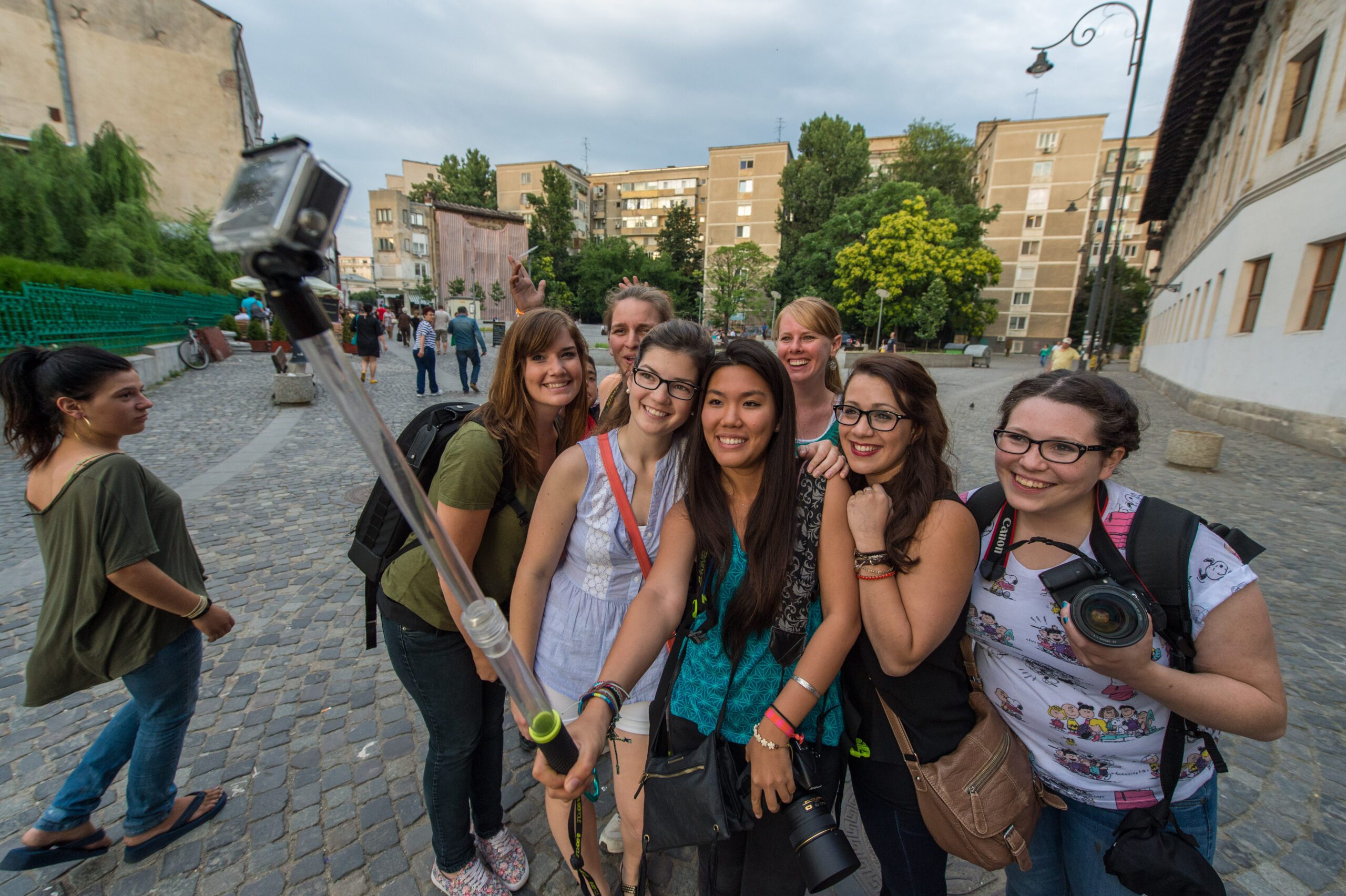| Nikon D4, AF-S NIKKOR 14-24mm f/2.8G ED, ISO 1800, ƒ/5.6, 1/500 |
Last June, I was in Bucharest, Romania, teaching the Storytellers Abroad Workshop. I will fly to Managua, Nicaragua, to teach the same workshop with my friends Jeff Raymond and James Dockery in just a few days.
Let me give you a few tips for storytelling that we are doing this week before the class goes to Managua.
 |
| Nikon D4, AF-S NIKKOR 14-24mm f/2.8G ED, ISO 1000, ƒ/5.6, 1/500 |
I had never traveled for any story that I did not have an idea of who and what the story was before I left my house. You need to prepare as much as possible, and if things change, that is OK, but don’t go unprepared.
Every one of the students will have a person/story that they will produce into a video story. Typically for the working professional, if you are traveling overseas, you will most likely have a month or more to prepare for your story due to the logistics of traveling.
Once you have the contact information of your subject, please do all you can to correspond with them as soon as possible. Sometimes I have not had the luxury of working directly with the subject. During those times, I worked with the NGO staff person on the ground in that country. Often with church organizations, this was the missionary.
 |
| Nikon D4, AF-S NIKKOR 14-24mm f/2.8G ED, ISO 1000, ƒ/5.6, 1/500 |
Most of the time, someone with an organization has identified a person and tells you their story. Often in the interview process, the story can evolve or change. I always use this storyline to formulate questions to help “flesh out” the story. To flesh out something is to give it substance or make it fuller or more complete.
A few times in my career, I was able to do so much research before I arrived that the story had little changed. I had asked enough questions that I felt comfortable and could tell the story as I understood it back to the subject to be sure I was on target.
When that happens, I have an outline with the text/verbal part of the story and a visual shot list that I would use as a b-roll. In addition, interviews and documentary films may describe secondary footage that adds meaning to a sequence.
 |
| Nikon D750, AF-S NIKKOR 28-300mm f/3.5-5.6G ED VR, ISO 1100, ƒ/4, 1/100 |
Besides interviewing the subject, I also spend a lot of time researching the country and the region. Before the internet, this meant going to the library and pulling all the books I could find and periodicals on the land. Today with Google, this process is so much easier.
I also love to read if I can find documentary novels on a culture. Sarah Vowell is one such writer who views history with a visitor’s eye. She wrote Unfamiliar Fishes, the short and awful history of Western intervention in Hawaii, up to the U.S. annexation of the kingdom in 1898.
Sometimes a novel can help you feel like you have been somewhere before you have experienced it. For example, I know many people who have read Pat Conroy’s book South of Broad feel like they know that area of Charleston, SC, just from reading the book.
 |
| Nikon D4, AF-S NIKKOR 28-300mm f/3.5-5.6G ED VR, ISO 100, ƒ/8, 1.6 sec |
Now the other thing that is cool with Google is when you research a location like Seattle, Washington, you can narrow that search to see images.
Google images are a great way to get ideas on some establishing shots for the beginning of your story. When I did all this homework before I showed up in a city, I already got the street addresses and knew what the best time of day to shoot that skyline shot was. It is on my calendar with all the other appointments with the subject before I leave for the trip.
Tips Summary
- Identify the story/subject before you go.
- Contact your subject and find out all you can before your trip
- Research the area you are going
- Find as many photographs of the area before you go.


